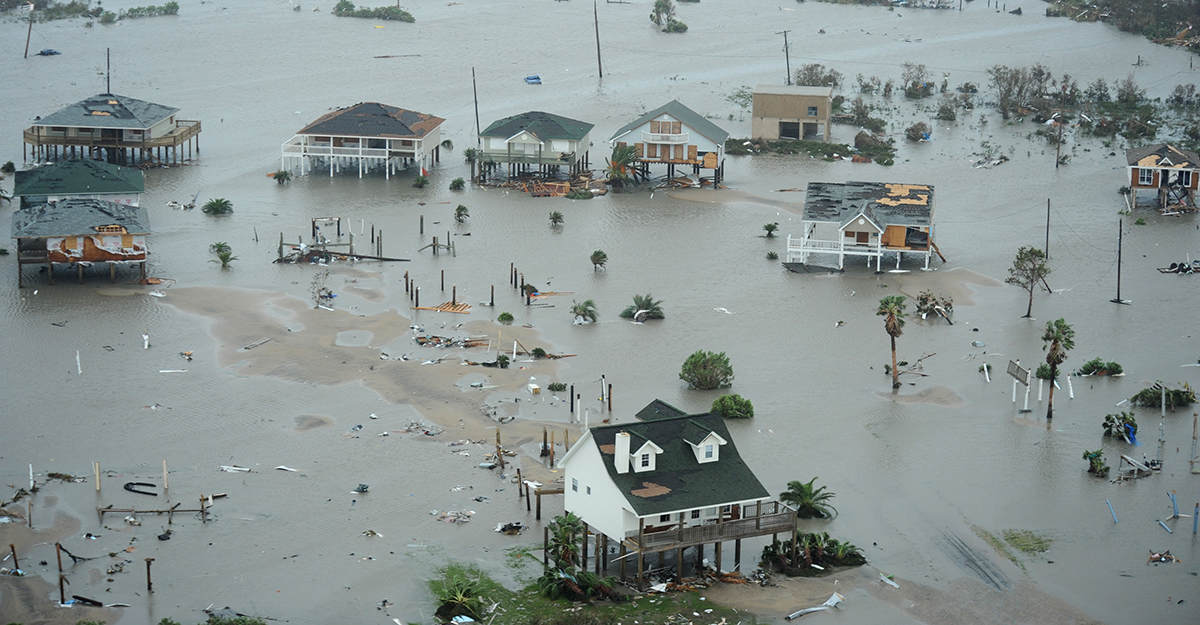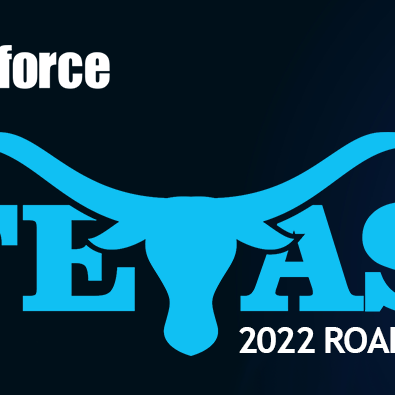
The First 72 Hours: The Need for Rapid Mobile Command
The first 72 hours after a natural/manmade disaster are critical hours that make or break the speed of recovery. Power is gone. Terrestrial communications are denied if available at all. Worse, a nonpredictive inter-agency mash-up is about to hit and with it comes an interoperability nightmare. The ability to positively impact recovery requires communications and the rapid standup of mobile command in denied, disparate, and dysfunctional operating environments. That’s why agencies need an approach to communications and data sharing that works in these post-disaster environments.
Much of Blueforce’s experience comes from deploying to post-disaster environments, but also post-conflict, civil-military environments where network-centric and multi-domain doctrine is easily translated into business continuity or disaster response TTPs and CONOPs. “The First 72†hours will present three core complexities that must be considered and planned around for mounting an effective and timely response:
- Environmental: Many agencies have procured large and expensive “war wagons†that house meeting rooms and a wide array of tech. While the tech is right, Blueforce has seen first-hand that these large platforms couldn’t make it into the incident area for days because of washed out roads and bridges. All-in-one “man-portable” systems (i.e., less than 30 pounds, deployable and deployable in minutes, plus ability to carry the kit onto commercial flights) are essential for the first 72 hours.
- Organizational: Anticipating the “who†will respond when calamity strikes may seem easy, but this inter-agency mashup features a dizzying array of resources, core competencies, and response processes. An after-action review from a recent active shooter situation revealed that the mashup of responders and agencies created a dizzying crush of phone and radio calls asking Incident Command “where” certain units were, and where people could find certain competencies and resources. It was estimated that Commanders spent a disproportionate time in locating and answering these inquiries.
- Operational: Responding agencies will have their own ideas for how information is moved and in what format. Each will also have made assumptions that power and backhaul will be available, and that gear brought to the fight will interoperate. Information sharing can also suffer if the basic ability to move the information swifty between organizations is not enabled.
Blueforce built our new BlueforceMOBILE Command Kit based on lessons learned supporting civil-military operations in Iraq, counter-terrorism JTFs, and many natural disasters.  The first 72 hours can be dark and silent unless consideration is given to the environmental complexities where small, “man portable†command kits can quickly enable communications, coordination, and an immediate ability to “call in the cavalry”. Our blog series this week will examine the core capabilities needed for the “First 72 Hours” and will include communications, edge compute, and an array of hyper-local incident management services that keep comms and data local to the incident thereby minimizing the need for heavy backhaul communications.
To learn more about the BlueforceMOBILE Command Kit, send a note to info@blueforcedev.com, or submit a CONTACT ME form here.


